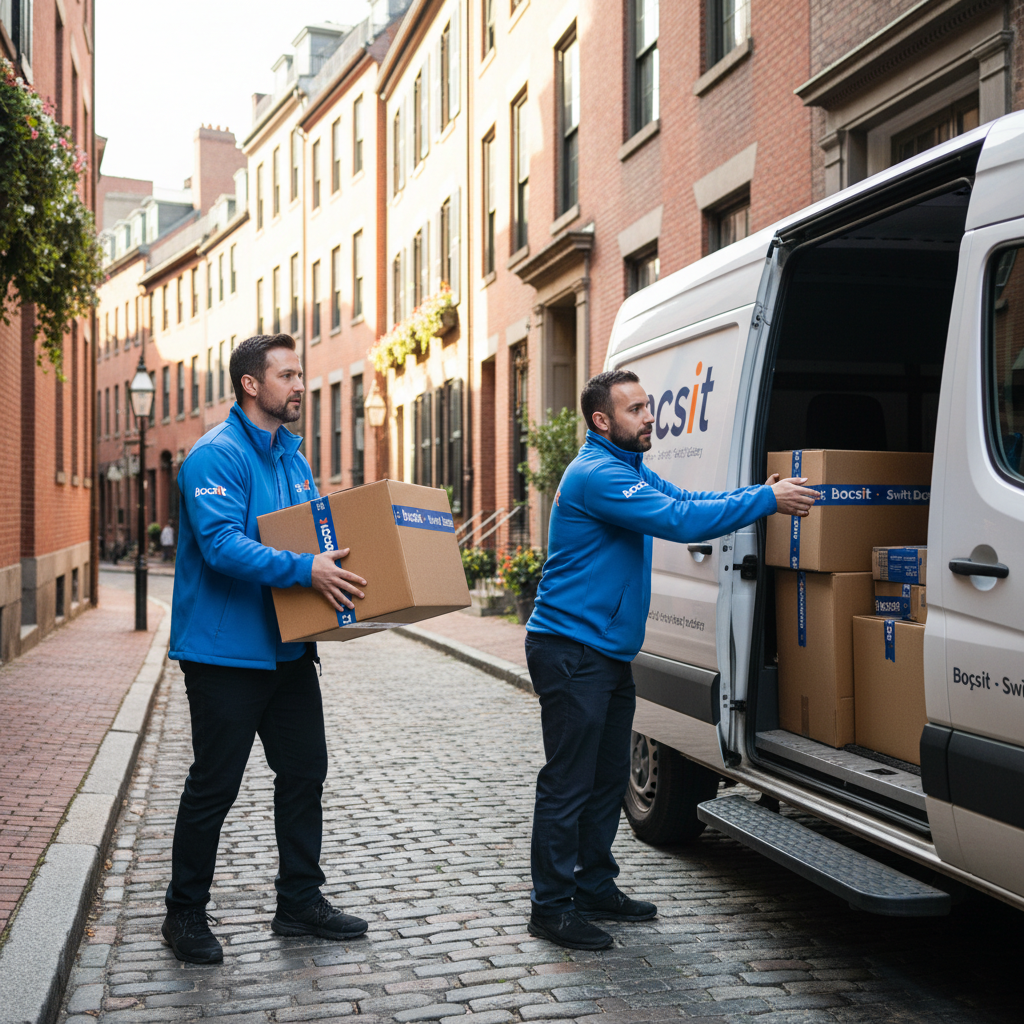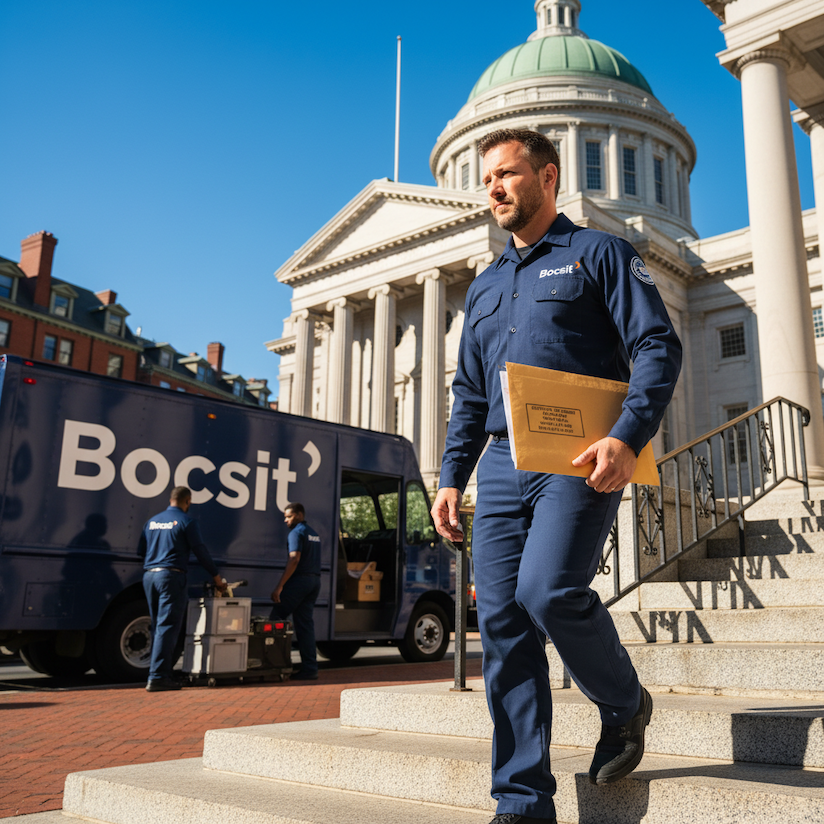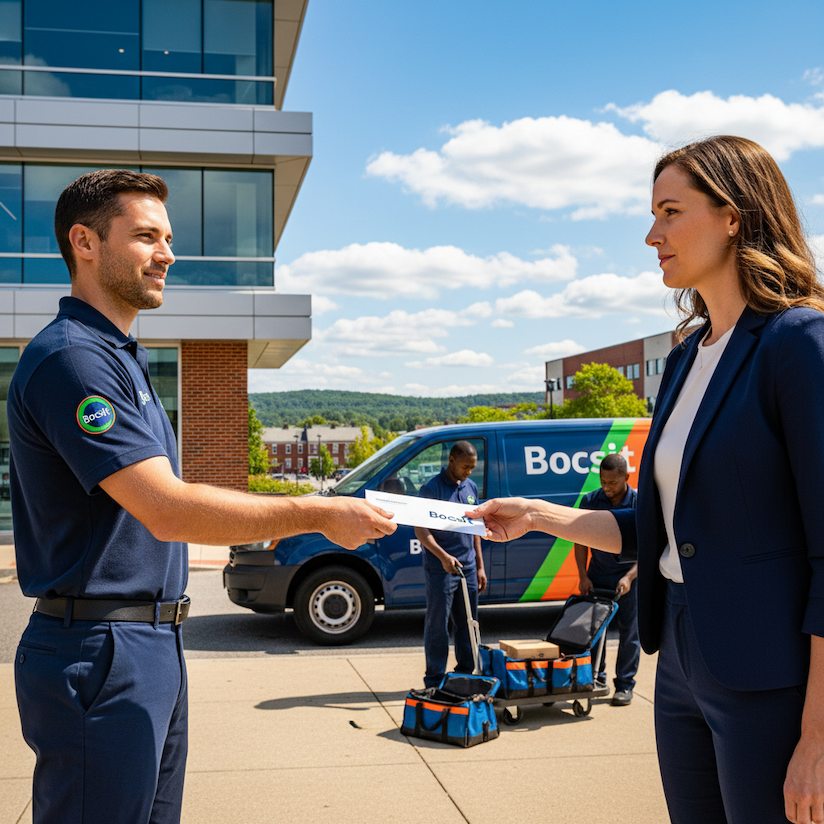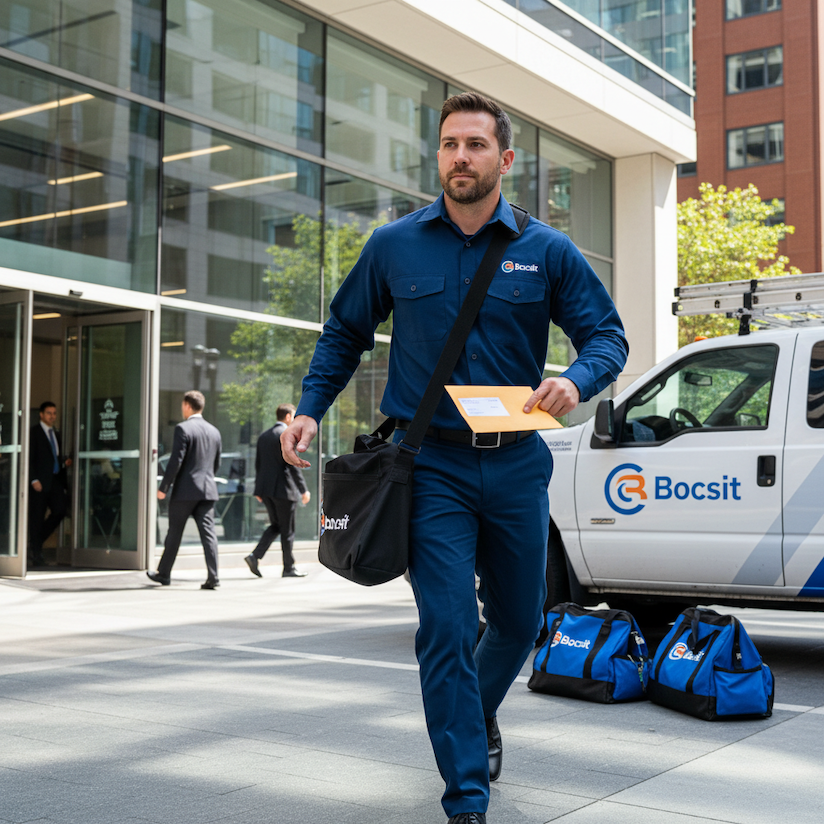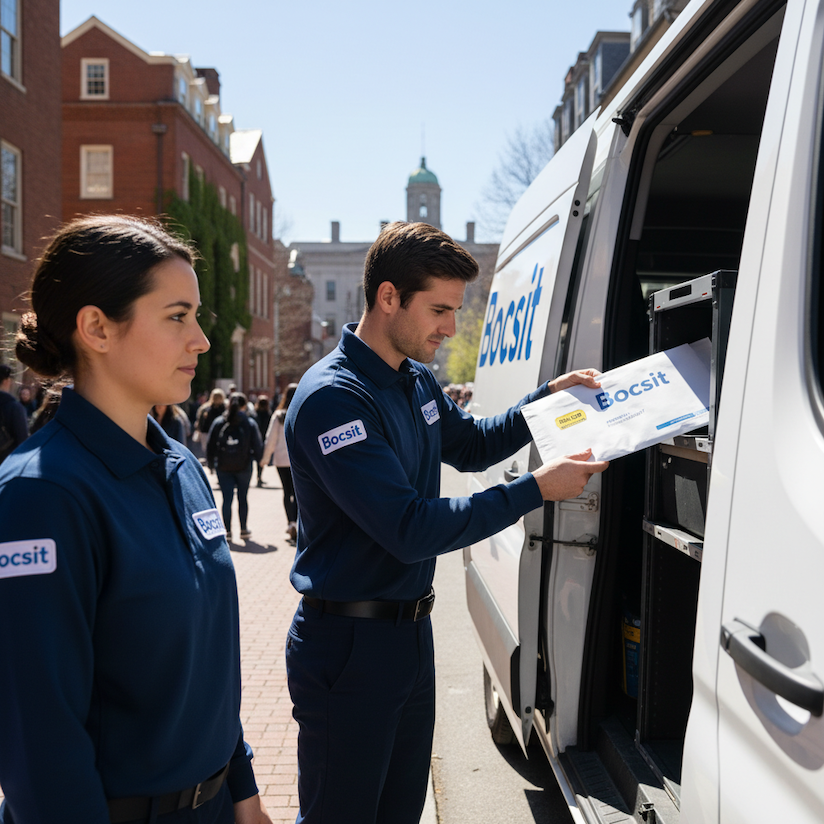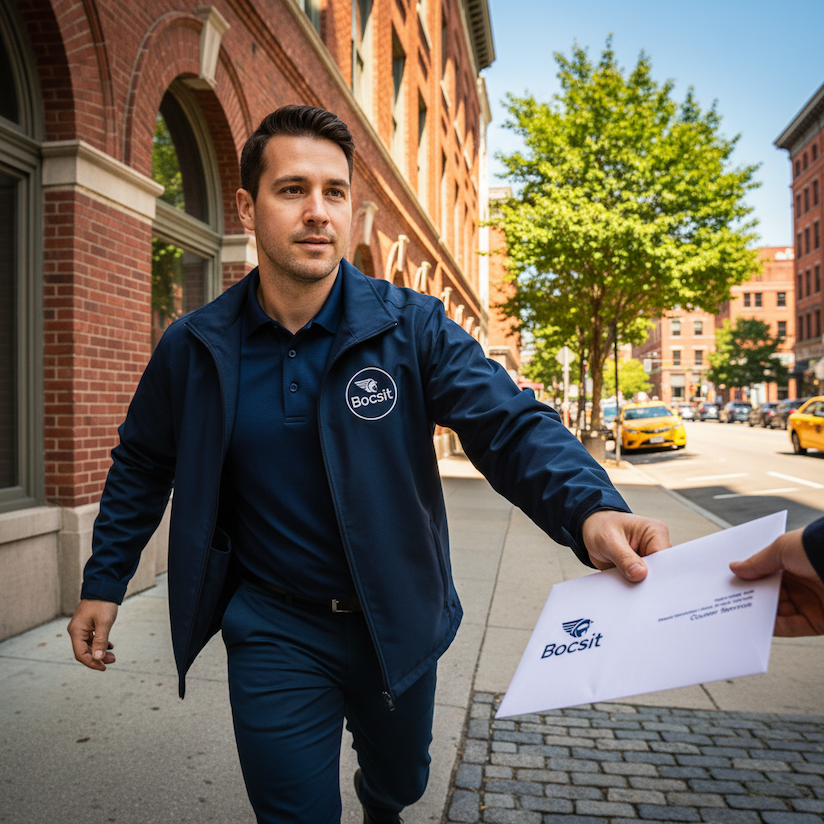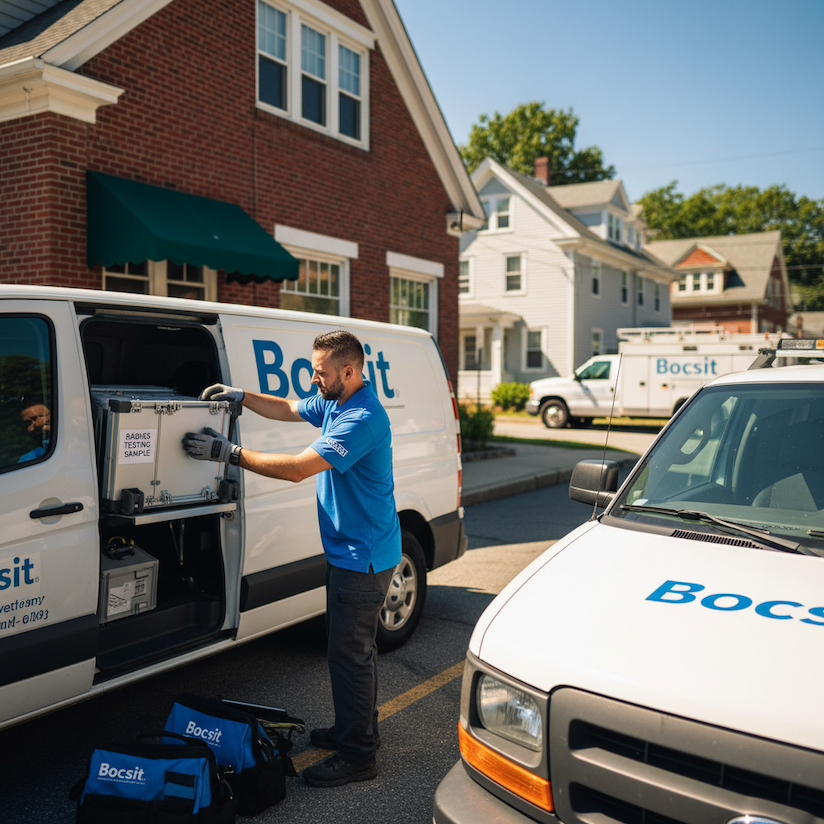Navigating Compliance: A Guide to Regulatory Standards for Medical Courier Services
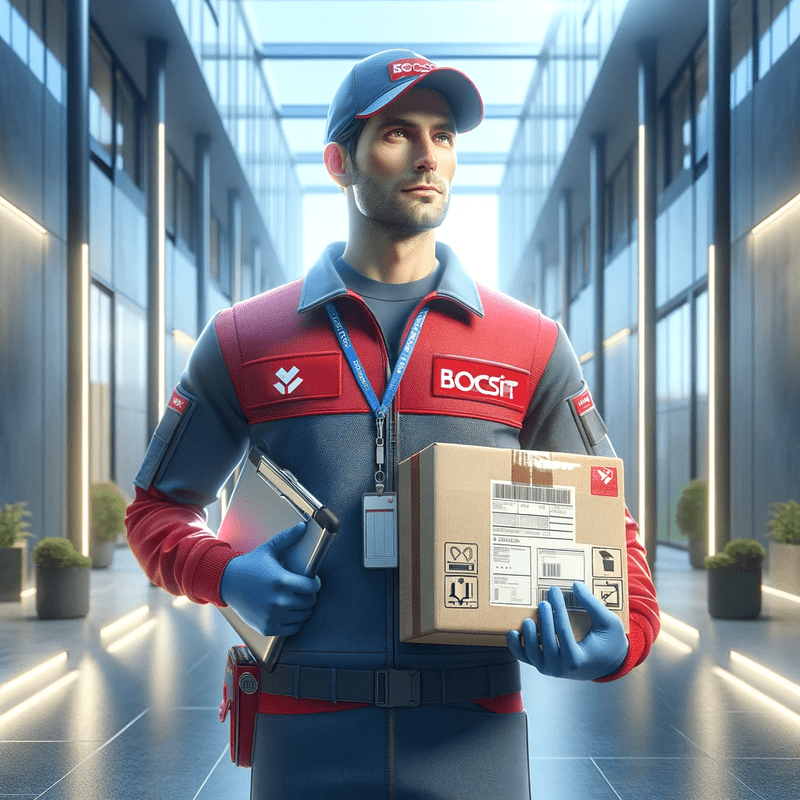
In the intricate and high-stakes world of healthcare, the transportation of medical goods is a task that carries significant responsibility. Medical courier services, therefore, are not just logistics providers but crucial partners in the healthcare continuum, ensuring that medical specimens, drugs, and equipment are handled with the utmost care and precision. This blog post aims to shed light on the complex regulatory landscape that governs medical courier services, highlighting key standards and compliance strategies to ensure safe, effective, and timely deliveries.
Understanding the Regulatory Framework:
The regulatory environment for medical courier services is multifaceted, encompassing various local, national, and international standards. Key among these are:
HIPAA (Health Insurance Portability and Accountability Act): Ensuring patient privacy and the secure handling of medical records is a cornerstone of medical courier services. HIPAA compliance is critical for protecting patient information during the transportation of medical documents and specimens.
OSHA (Occupational Safety and Health Administration): OSHA guidelines are essential for ensuring the safety of couriers handling potentially hazardous biological specimens or medical waste, requiring specific packaging, labeling, and transport procedures.
DOT (Department of Transportation): For couriers in the United States, compliance with DOT regulations is crucial, especially when transporting medical goods that may be classified as hazardous materials, such as certain pharmaceuticals.
IATA (International Air Transport Association): For international shipments, adherence to IATA regulations ensures the safe air transport of hazardous materials, including specific packaging, documentation, and labeling requirements.
Best Practices for Ensuring Compliance:
Compliance with these regulatory standards requires a proactive approach. Medical courier services can adopt several best practices to navigate this regulatory landscape effectively:
Regular Training and Certification: Couriers should undergo regular training to stay updated on the latest regulatory requirements and safety procedures. Certification programs can also validate a courier's knowledge and adherence to industry standards.
Implementing Robust SOPs (Standard Operating Procedures): Developing and maintaining comprehensive SOPs that align with regulatory standards is crucial. These procedures should cover all aspects of the courier process, from packaging and labeling to transportation and delivery.
Investing in Technology: Leveraging technology can significantly enhance compliance. For example, digital logging devices can ensure accurate tracking and documentation, while secure data transmission technologies can protect patient privacy.
Partnering with Compliance Experts: Especially for smaller courier services, partnering with regulatory and compliance experts can provide valuable guidance and oversight, helping to navigate the complex regulatory environment.
The importance of regulatory compliance for medical courier services cannot be overstated. By adhering to the stringent standards set forth by bodies like HIPAA, OSHA, DOT, and IATA, couriers can ensure the safe, secure, and efficient transportation of medical goods. Implementing best practices such as regular training, robust SOPs, technology investments, and expert partnerships is essential for navigating the regulatory landscape successfully. In doing so, medical courier services not only protect the integrity of the medical goods they transport but also uphold the trust placed in them by the healthcare community and the patients it serves.


